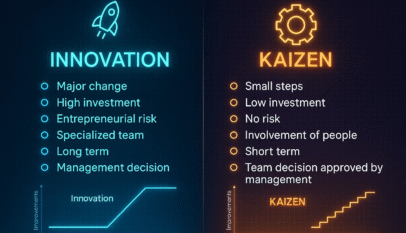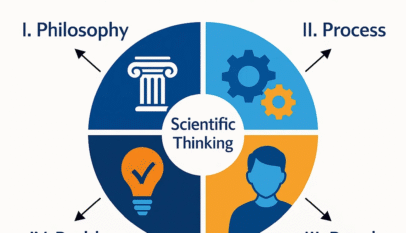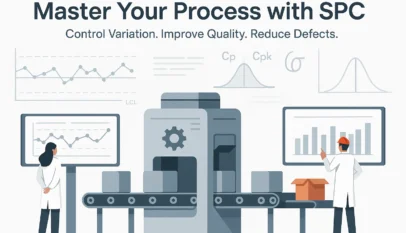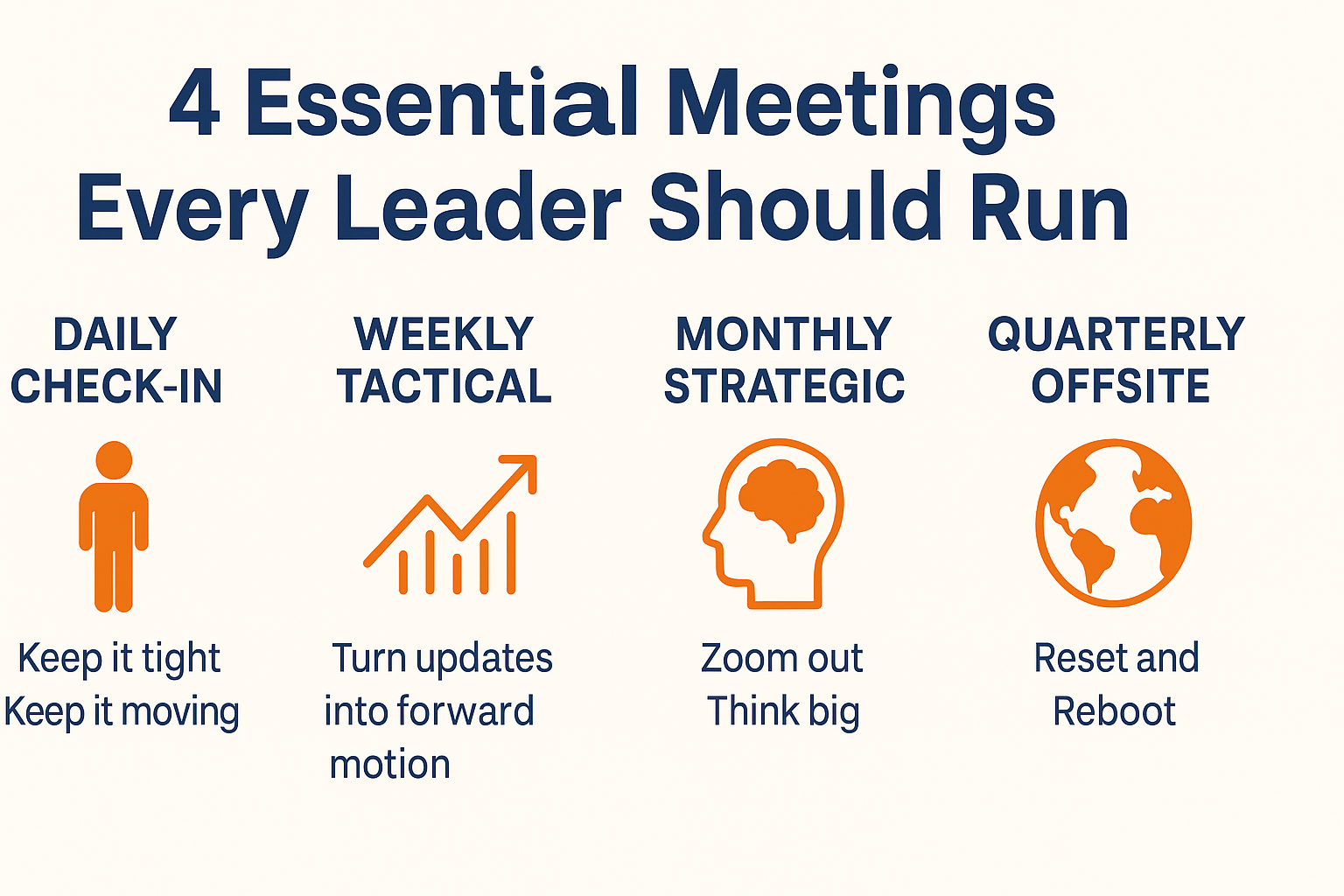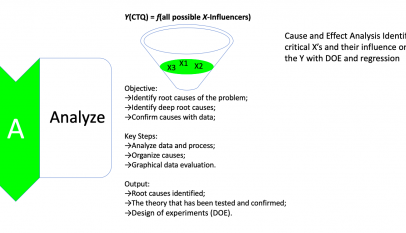A group technique for generating new useful ideas. It uses a few simple rules for discussion that increase the chance for originality and innovation.
Uses of Brainstorming
- When to Use Brainstorming
- Generating ideas for kaizens
- Formulating theories for root cause analysis
- Evaluating ideas for remedying a root cause
- Identifying resistance to proposed remedies
- When NOT to Use Brainstorming
- Prioritization of projects
- Analyzing symptoms
- Testing theories
- Identifying Root Causes
- Verifying effectiveness of a remedy
Proper Use of Brainstorming Output
FI tools must be applied to output from Brainstorming to develop accurate information:
Brainstorming Output
- Ideas for kaizens
- Theories for root cause analysis
- Ideas for remedying a root cause
Tools to be Applied
- Prioritization and Selection Tool
- Organize / evaluate theories by:
- 5 Why Analysis
- Cause -Effect (Fishbone)
- Data collection and analysis to prove effectiveness of remedy
Brainstorming Steps
- Step 1: Phrase the Statement
- Step 2: Prepare for Brainstorm
- Step 3: Introduce the Session
- Step 4: Warm-up
- Step 5: Brainstorm
- Step 6: Process Ideas
Step 1: Phrase the Statement
- Be specific enough to be clear on intent and focused on real issue
- Be broad enough so as not to exclude useful and creative ideas
- Should not be biased or suggest an answer
Examples of Phrasing the Statement
Example1:
Background
- A team is considering theories on why critical materials are not arriving in time for use in major engineering projects.
Proposed statement:
- On average, custom alloy fittings arrive at the job site 15 days later than planned. What are the possible failures in the Purchasing Department that create this problem?
Example 2:
Background
- A team was considering possible remedies for a billing process with high error rates. The problem had been diagnosed as arising from the fact that when customers call with modifications to their orders, the modifications must be made in 3 separate databases (Customer Service, Production, & Shipping)
Proposed Statement
- We need to reduce the number of errors in our bills. What are the possible requirements that we can think of for a new automated billing system?
Step 2: Prepare for Brainstorming
- Communicate the statement ahead of time
- Allows time for participants to think about the subject
- Set the scene
- Some of the Most Obvious Brainstorming Areas May Be the Worst
- Choose Settings Away From Normally Used Meeting Rooms and Offices
- 5-12 people (invite appropriate guests)
- Provide/Prepare materials (markers, post-its, etc.)
Step 3: Introduce the Session
- Establish a “Criticism-free” zone
- Go over the “rules”
4 Ground Rules
- No criticism or evaluation
- Be unconventional
(vs same old, same old) - “Hitchhike” on other’s ideas
- Aim for quantity
4 Procedural Rules
- Contribute in turn
- One idea per turn
- You may pass
- Do not explain ideas in detail
Step 4: Warm Up
- Develop a warm up exercise to generate an atmosphere of excitement, exuberance & speed
- Use a neutral subject
- Practice the Brainstorming technique & rules with the participants, using this subject
- Should last no more than 5 or 10 minutes
- End by asking for a list of “killer phrases” that would limit creativity in the brainstorming session, e.g.:
- “We’ve tried that before”
- “Management will never agree”
Step 5: Brainstorm
- Write down the issue and post where all can see
- Review and discuss the issue
- Begin the Brainstorm
- Record all contributions where visible to all
- Use speaker’s own words
- Allow ALL ideas to be considered
- Collect ALL ideas before analyzing
- Don’t fatigue the group (30-45 min.)
- The best ideas come from a single session
Step 6: Process the Ideas
- Clarify each contribution
- Combine & group similar ideas
- Agree on criteria to be used in evaluating the ideas
- Determine “winning” ideas / solutions
- Reverse the situation
- Start from the end and work backwards from each proposed idea/solution
- Do they still seem appropriate?
- For each proposed solution, list obstacles and develop aids for each obstacle
- Seek the simplest strategy
Pitfalls of Brainstorming
- Most common barriers to creativity and free flow of ideas during Brainstorming
- Inability of group to suspend judgement and analysis until list of ideas is completed
- Dominance of one or two individuals in presenting ideas
- MOST SERIOUS PITFALL – Use of Brainstorming as a substitute for data


